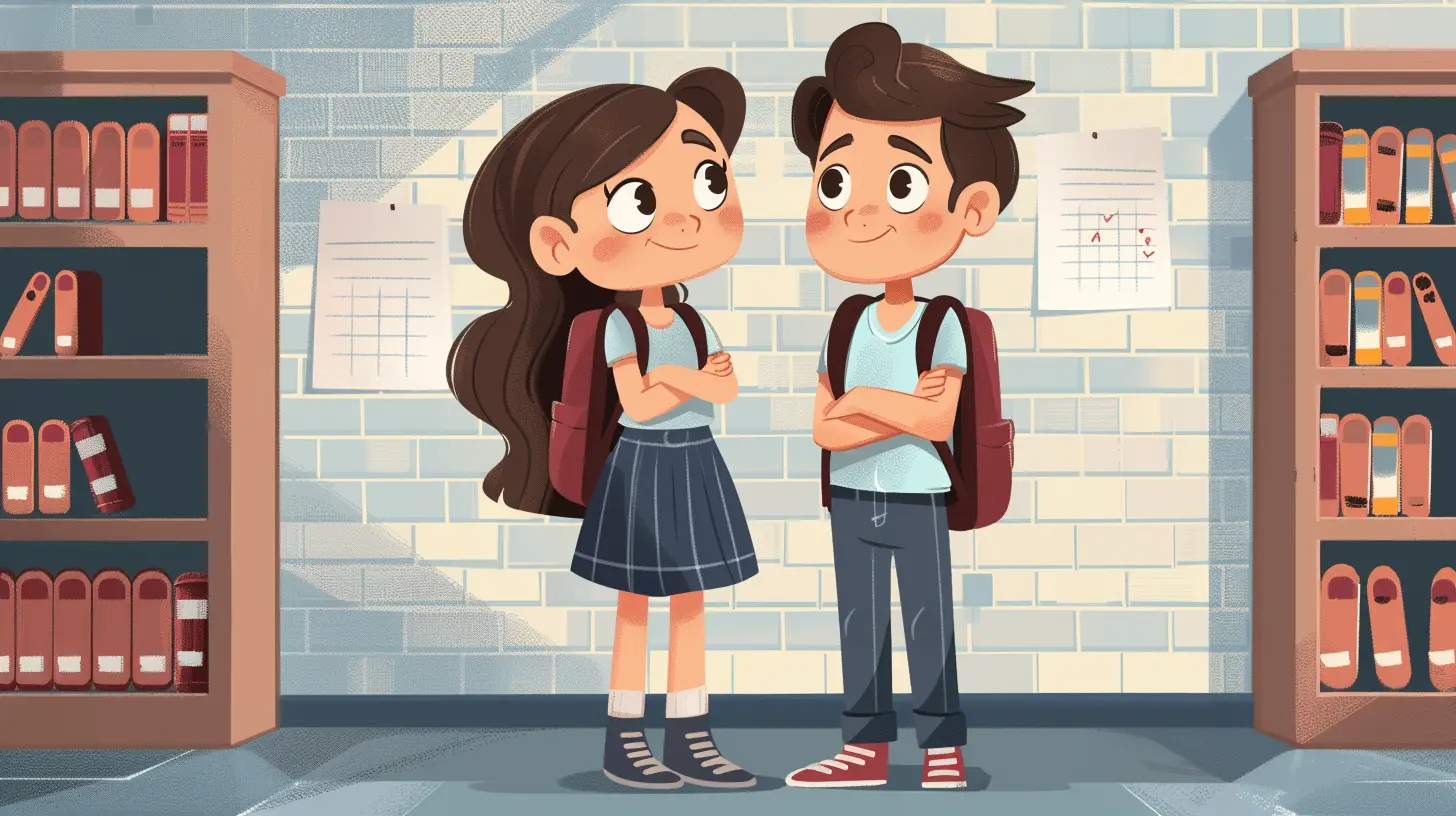How to Handle Challenging Students with Compassion
27 October 2025
Every teacher, at some point, encounters students who push boundaries, resist authority, or struggle with behavior in the classroom. It's easy to get frustrated, but the true challenge lies in handling these situations with empathy and understanding. After all, every student has a story, and often, their difficult behavior is a symptom of deeper struggles.
So, how do you turn classroom disruptions into teaching moments filled with compassion? Let’s break it down. 
Understanding the Root Cause of Challenging Behavior
Before reacting to a student’s misbehavior, it's essential to step back and ask: Why is this happening?1. Personal Struggles Outside the Classroom
A student’s behavior often reflects their life outside school. Family issues, financial struggles, or emotional trauma can manifest as defiance, anger, or withdrawal. Instead of labeling them as "difficult," try seeing their behavior as a call for help.2. Learning Difficulties and Frustration
Students who struggle academically may act out because they feel embarrassed or left behind. If a student is misbehaving, consider whether they are struggling with the material. Sometimes, frustration turns into disruption.3. Seeking Attention (Even the Wrong Kind)
Some students misbehave because they crave attention. If they don’t receive positive reinforcement, they’ll settle for negative attention. A simple shift in how we respond can make a huge difference.4. Mental Health Challenges
Anxiety, ADHD, depression, or other mental health challenges can influence student behavior. Instead of assuming defiance, consider whether the student needs additional support.
The Power of Compassion in the Classroom
Compassion isn’t about letting students get away with bad behavior—it’s about addressing the issue with kindness and understanding. Here’s how you can approach difficult behavior with empathy:1. Stay Calm and Composed
Your reaction sets the tone. If you meet a student’s anger with more anger, the situation escalates. Take a deep breath, keep your voice steady, and respond with patience.2. Build Genuine Relationships
Students are more likely to respect teachers they feel connected to. Show interest in their lives, ask how their day is going, and create a classroom environment where they feel safe and valued.3. Practice Active Listening
When a student is acting out, listen before reacting. Instead of jumping to conclusions, ask open-ended questions like, “What’s going on?” or “Do you want to talk about it?” Sometimes, they just need to be heard.4. Set Clear Expectations with Flexibility
Boundaries are important, but so is flexibility. Let students know your expectations, but remain open to compromise and discussion when needed. This balance builds mutual respect.5. Respond to the Behavior, Not the Student
Avoid phrases like “You’re being bad” or “You’re a troublemaker.” Instead, focus on the behavior: “Throwing things isn’t okay. How can we solve this differently?” This helps students separate their actions from their identity.
Practical Strategies for Managing Challenging Students
Now that we've covered the why and the mindset shift, let’s get into actionable strategies.1. Use Positive Reinforcement
Catch students doing something good and acknowledge it. A simple “I appreciate how you handled that” can go a long way. Encouragement often works better than punishment.2. Offer Choices Instead of Commands
Instead of saying, “Be quiet!”, try “Would you rather work quietly at your desk or in the reading corner?” Giving options provides students with a sense of control, reducing defiance.3. Implement Restorative Discipline
Traditional punishment can make students feel isolated and resentful. Instead, try restorative approaches such as:- Holding one-on-one discussions to understand their behavior.
- Encouraging them to reflect on their actions and make amends.
- Involving them in problem-solving discussions.
4. Create a Safe Space for Emotions
Some students don’t know how to regulate their emotions. Teach emotional intelligence by providing strategies like deep breathing exercises, journaling, or a quiet corner where they can regroup.5. Work with Parents and Support Staff
You don’t have to handle everything on your own. Communicate with parents, counselors, or special education teachers to create a team approach. A student’s struggles often extend beyond the classroom, and collaboration can lead to better solutions.6. Be Proactive, Not Just Reactive
Anticipate challenges before they escalate. If you notice a student getting agitated, redirect their energy early. Sometimes, a change of scenery, a moment to cool down, or even a simple conversation can prevent a full-blown incident.
A Shift in Perspective: Seeing Potential Instead of Problems
Think about a time when you were struggling, frustrated, or overwhelmed. How did it feel when someone showed you understanding instead of judgment?Students, no matter how difficult their behavior, are still learning—about themselves, relationships, and the world. Many of them haven’t yet developed the emotional tools to express what they’re going through. By responding with compassion, we don’t just manage behavior; we shape character, resilience, and trust.
Remember: The most challenging students are often the ones who need you the most.
Final Thoughts
Handling challenging students with compassion isn’t always easy, but it’s always worth it. Every student deserves to be seen and heard, even on their worst days. By shifting our perspective, using proactive strategies, and leading with empathy, we can turn difficult moments into opportunities for connection and growth.At the end of the day, teaching is more than just delivering lessons—it's about making a difference in students' lives. And sometimes, the students who challenge us the most are the ones who need that difference the most.
all images in this post were generated using AI tools
Category:
Classroom ManagementAuthor:

Eva Barker
Discussion
rate this article
1 comments
Faenor McAllister
This article offers valuable insights into managing challenging students through compassion. It highlights the importance of understanding individual needs and fostering a supportive environment. By applying these strategies, educators can create positive, transformative experiences that benefit both students and teachers alike. Compassion truly makes a difference in education.
November 2, 2025 at 6:04 AM


